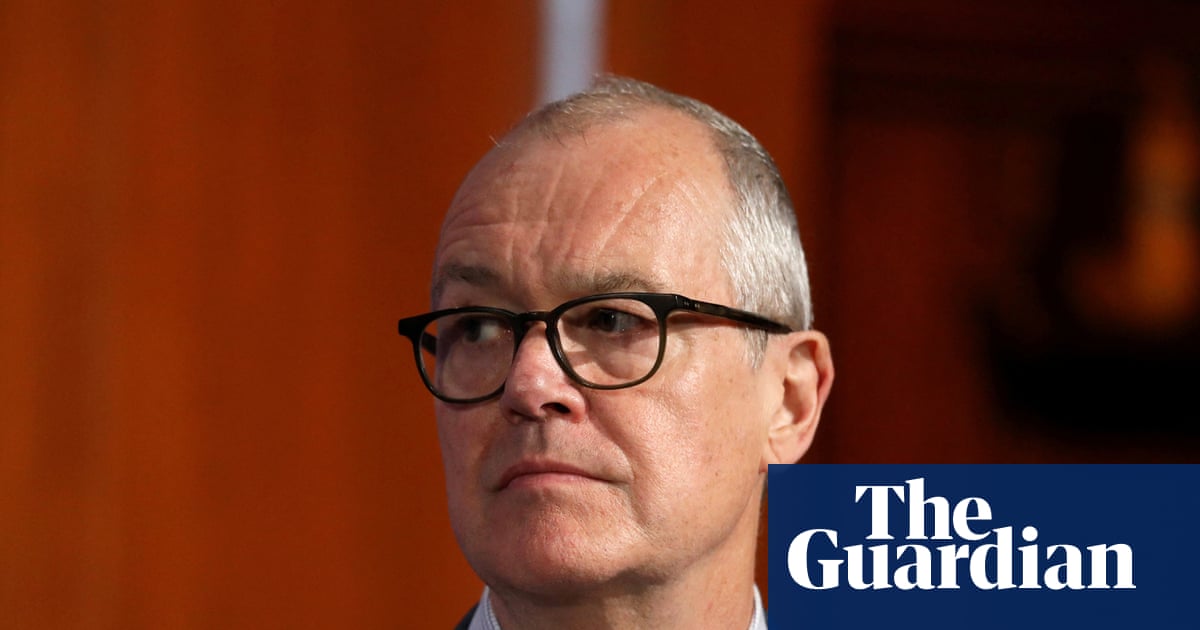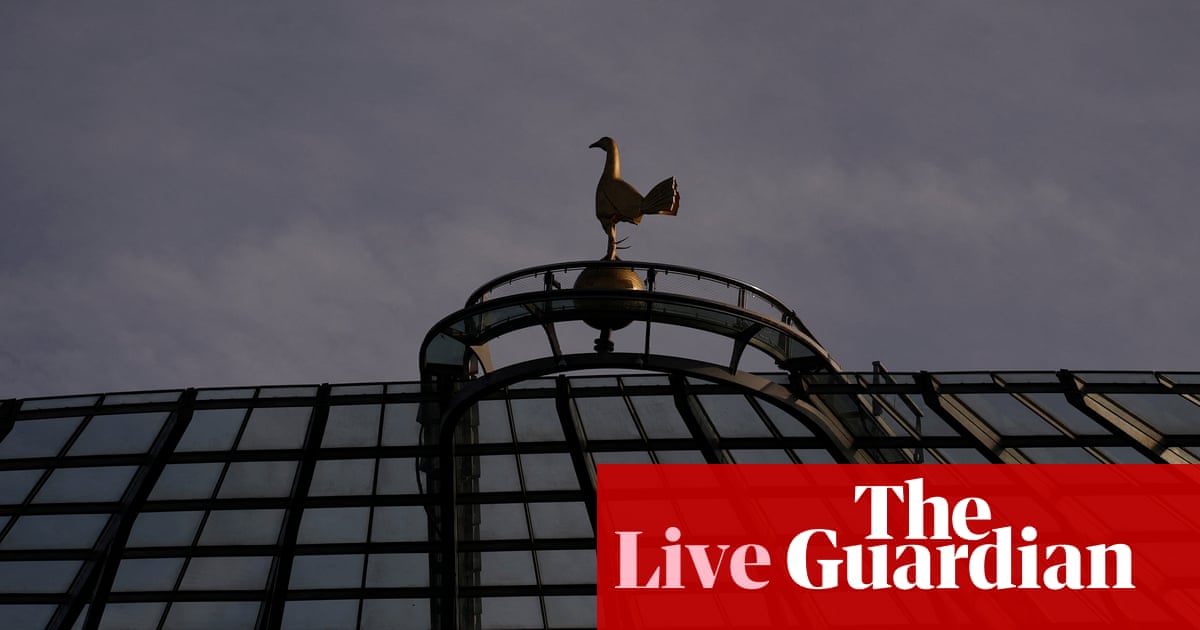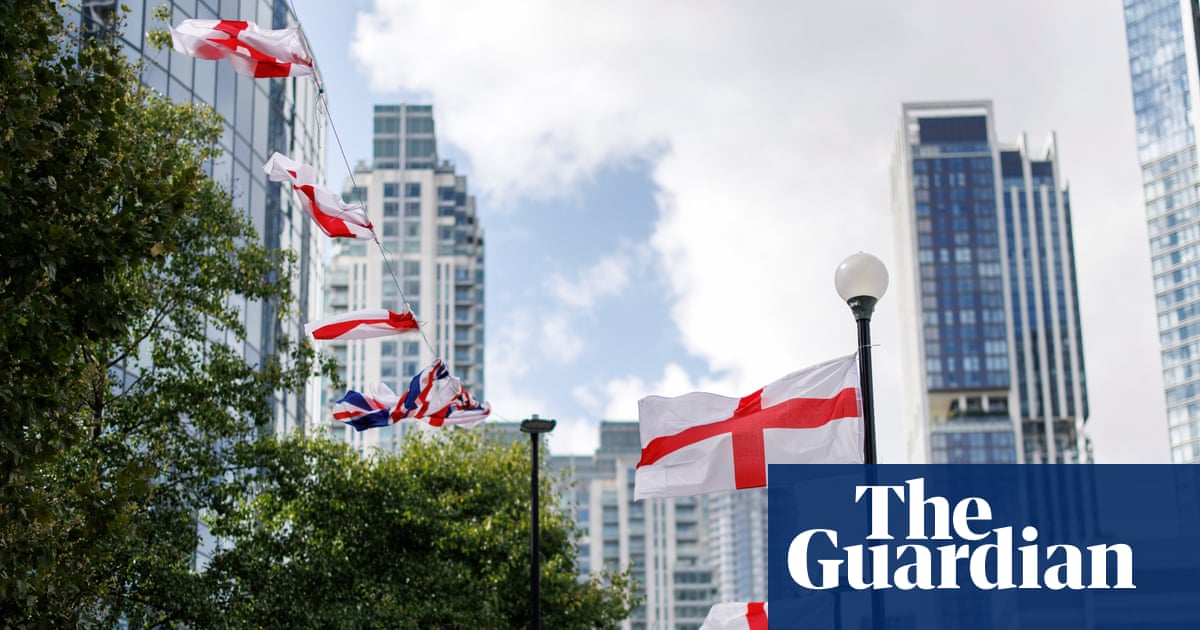The Air India tragedy in Ahmedabad is the first time a Boeing 787 Dreamliner has crashed since the plane’s introduction in 2011.
While airlines using the Boeing plane have had widespread problems with engines on the 787 – resulting in many having to ground planes and reduce flights – the 787’s safety record in service has so far been good.
However, the US safety regulator, the Federal Aviation Administration (FAA), has had to investigate several concerns over the years, including a mid-air dive on a Latam flight last year.
A whistleblower last year also urged Boeing to ground all 787 Dreamliners worldwide, in Washington hearings. Boeing rejected the claims by the former engineer and said it was fully confident in the plane.
There are more than 1,100 787s in service, with most major international airlines using them. The model has been prized for its far better fuel efficiency and lower noise than the types it replaced.
The two major crashes that were due to faults on Boeing planes were using the then new 737 Max model, in Indonesia and Ethiopia in 2018 and 2019. That model was taken out of service for almost a year, before being relaunched and returned to widespread use.
Last month, Boeing agreed to pay $1.1bn (£812m) in a deal with the US Department of Justice to avoid prosecution over the two crashes that together killed 346 people – a deal that lawyers for some of the victims’ families called “morally repugnant”.
India’s aviation safety history has been chequered, but as the airline industry has boomed and passenger flying has become more and more common, its safety record has improved.
The last Air India crash, in August 2020, involved a smaller Boeing 737-800 Air India Express that was landing at Calicut airport in bad weather when it skidded off the runway.
after newsletter promotion
Air India operates 34 Dreamliners, with 20 more on order, and has been using the US-built long-haul model since 2012. Tata Group bought the airline from the Indian government in 2022, andannounced plans last year to revamp and upgrade its fleet, including refurbishing its 787s. Problems holding up Boeing deliveries have meant that Air India, like other airlines, has continued to operate older planes for longer than planned.
The Indian-led crash investigation will include experts from the UK Air Accident Investigation Branch, because of the number of British victims, the US National Transportation Safety Board and Boeing.
A Boeing spokesperson said: “We are in contact with Air India regarding flight 171 and stand ready to support them. Our thoughts are with the passengers, crew, first responders and all affected.”
Investigators will hope to swiftly locate and analyse the black box data recorders, including the cockpit voice recorder. Despite its human toll, the Ahmedabad crash was relatively low-impact. CCTV footage shows the plane starting to descend just seconds after leaving the runway.
According to flight-tracking information on Flight Radar, the plane had reached a maximum height of just 190 metres (625ft).
Plane crashes are statistically most likely to happen during landing or takeoff, but experts said there appeared to be no obvious explanation for the crash. Weather conditions were benign. Images show the plane’s nose in the air, indicating the pilots were trying to keep it aloft, although the landing gear was apparently lowered.
David Gleave, a former accident investigator, told the BBC: “It’s a very unusual accident … it’s a very unusual situation, so soon after takeoff, and it is a very safe aeroplane.”
John McDermid, a professor at the University of York, said: “Pilots can abort takeoff until quite late. So it seems like the problem occurred very suddenly … and was sufficiently serious to be unmanageable.”
Passenger aircraft are designed to be able to fly on one engine. Jason Knight, a senior lecturer in fluid mechanics at the University of Portsmouth, said: “The most likely cause of a double engine failure is a bird strike.”

.png) 3 months ago
51
3 months ago
51

















































